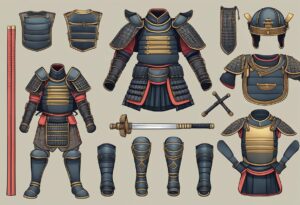From ancient times up until today, hair-cutting rituals have played important roles in various Shinto ceremonies throughout Japan.
These practices were believed to cleanse individuals from impurities and maintain their connection with deities – something deeply ingrained within traditional Japanese beliefs.
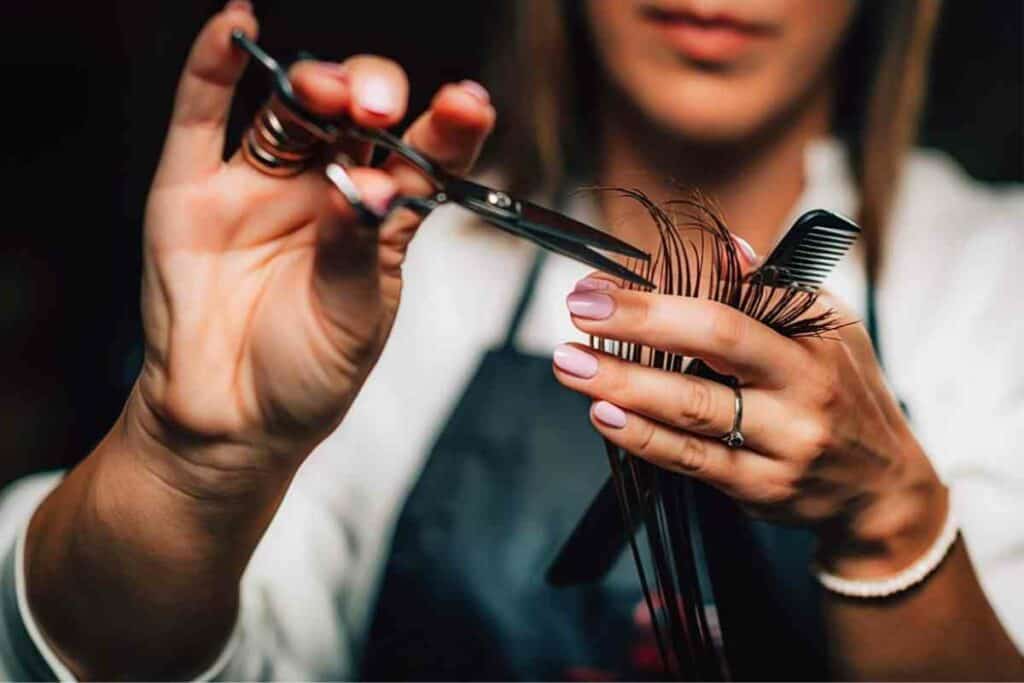
Read on as I go into detail about the spiritual significance of cutting hair in Japan.
Table of Contents
The Spiritual Significance of Cutting Hair in Japan
In Japan, cutting hair is not just a simple grooming practice. It holds significant spiritual and cultural importance that dates back to ancient times.
Firstly, it is believed that our life force or energy called “ki” flows through our body from the top of the head down to the feet.
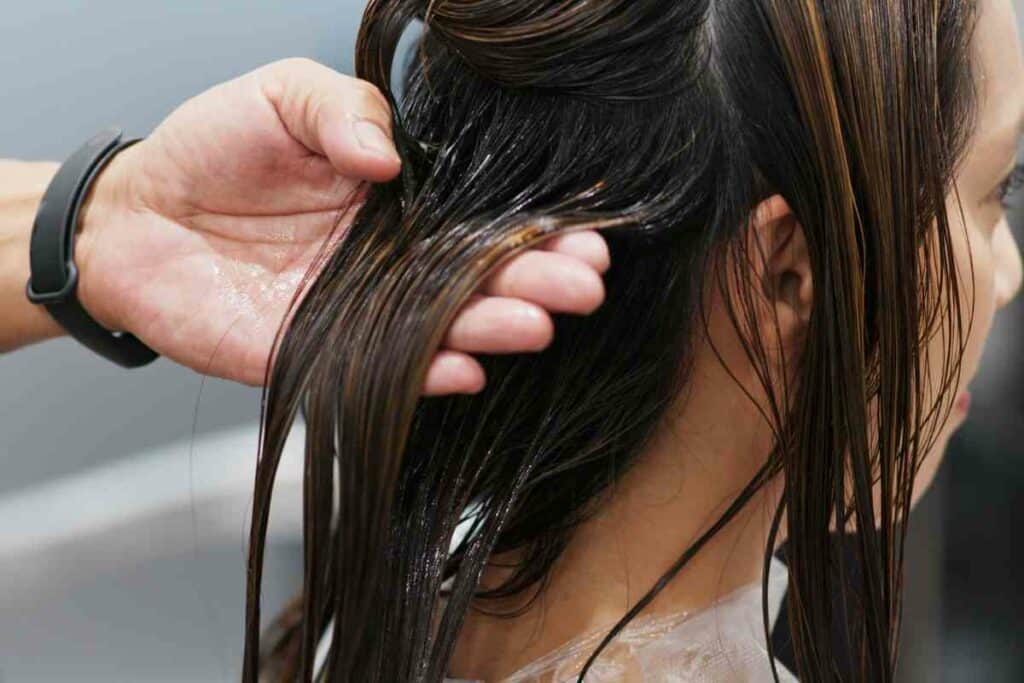
Therefore, when we cut off some of this energy by trimming our hair, it helps us release negative thoughts and emotions as well as promote physical health.
Moreover, in Shintoism -Japan’s traditional religion- people believe in honoring their ancestors who have passed away before them.
In fact, they honor deceased loved ones with regular visits to gravesites where they offer flowers and incense while also performing rituals such as cleaning around grave areas using special sacred brooms during the Obon festival (a time set aside for ancestral remembrance).
Interestingly enough hairstyling was one-way families used to differentiate themselves among different clans within Japanese society; certain styles were indicative signposts that would indicate someone’s social status even after death!
Nevertheless, hairstyle has evolved over time but still represents an important symbol representing family identity beyond individual fashion preferences.
What Does Hair Symbolize in Japan?
In Japan, hair is not just a mere strand of protein. It symbolizes one’s identity and personality.
Japanese people take pride in their well-groomed locks that reflect their cultural values.
For women, long black hair represents beauty and femininity – it’s considered the ideal hairstyle for young unmarried girls.

The tradition even has its own name “Tareme” which means to describe how straight or droopy the end of your bangs should be.
However, as they get older or enter adulthood, many opt for shorter hairstyles as an expression of maturity and sophistication while others choose more unique styles like dyed colors to express individuality- from pastel shades like pink & lilac all throughout rainbow hues!
In ancient times samurai men wore topknots called chonmage indicating social status – those with higher ranks had longer knots than lower-ranking warriors who were required by law to shave off every other part except on top leaving only a small portion tied up into bun-like structure known today simply as “samurai knot.”
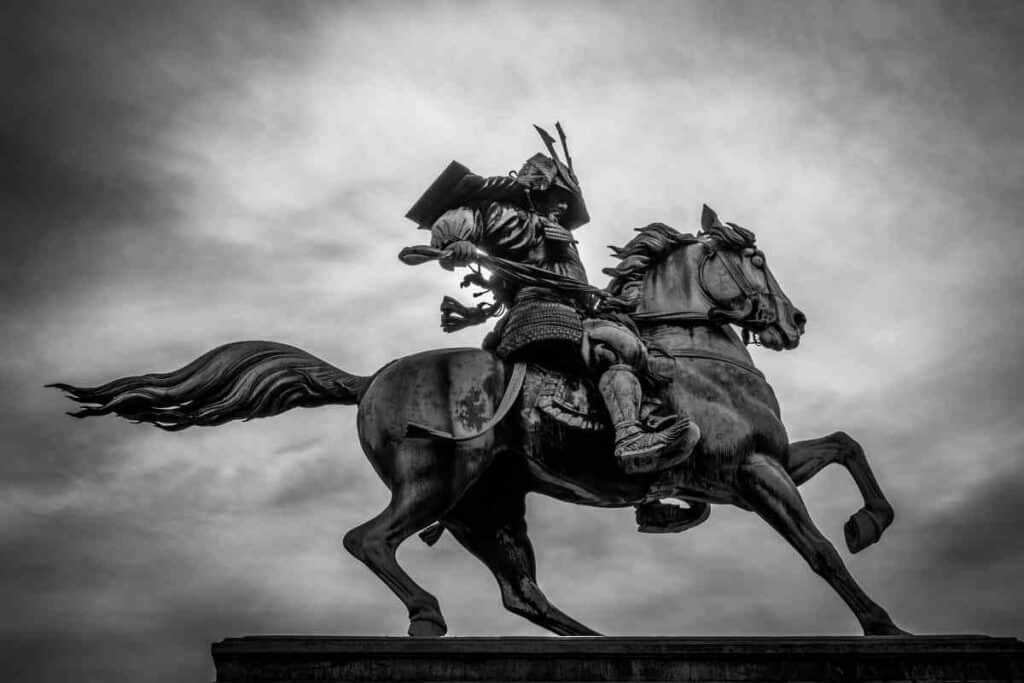
Today both genders can wear any style without restrictions but still, there are societal expectations surrounding appearance such as being conservative when representing companies during business meetings.
How Cutting Hair Relates To Shinto and Buddhist Practices in Japan
In Japan, cutting hair is not just a mundane activity but holds significant cultural and spiritual significance.
Both Shintoism and Buddhism have influenced the Japanese perception of haircutting.
Shintoism emphasizes purity, cleanliness, and reverence for nature. In ancient times in Japan, it was common to cut off one’s hair as an act of purification or renewal after experiencing misfortune or illness.
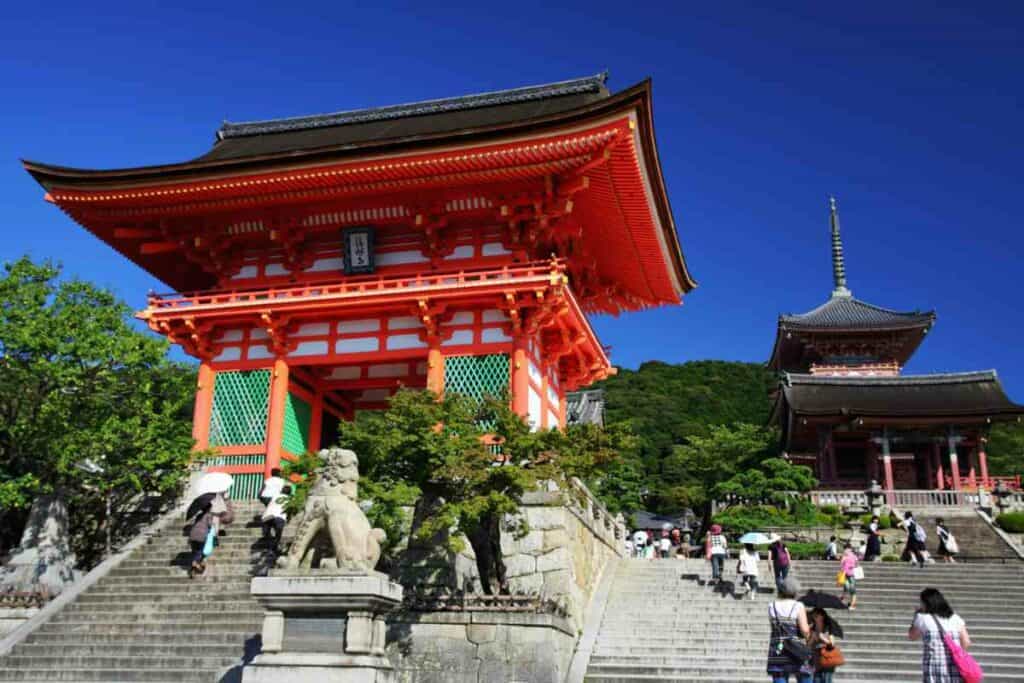
This practice continues even today where many people shave their heads when they visit shrines during festivals like Hatsumode (first shrine visit) at New Year’s time.
Read later – 10 Best New Year Celebrations In Japan
The idea behind this ritualistic shaving is that getting rid of old negative energy stored within oneself through trimming down unruly locks can make space for new positive energies which will help them start afresh with renewed vigor.
On the other hand, Buddhists believe that attachment breeds suffering; hence monks are expected to detach themselves from worldly possessions including their own appearance.
Thus tonsure -shaving head bald- marks renunciation from the material world indicating monkhood.
In Zen tradition too short buzz cuts were used as symbolization. Furthermore, Buddhist beliefs also emphasize karma thus Haircutting signifies shedding ego-centric identity so ascetics could focus on higher goals such as enlightenment.
What Are The Different Types of Hair Cutting Rituals in Japan

These ceremonies are seen as important milestones and mark an individual’s growth or transition into adulthood.
Here are some of the different types of hair-cutting rituals you will find in Japan.
1. Shichi-go-san
Shichi-Go-San translates to “Seven-Five-Three” and refers to a traditional ceremony held for children aged 3,5, and 7 years old respectively (girls) or at age three-five(boys).
During this ritual, parents take their children to shrines where they pray for good health and longevity while wearing formal attire called Hakama.
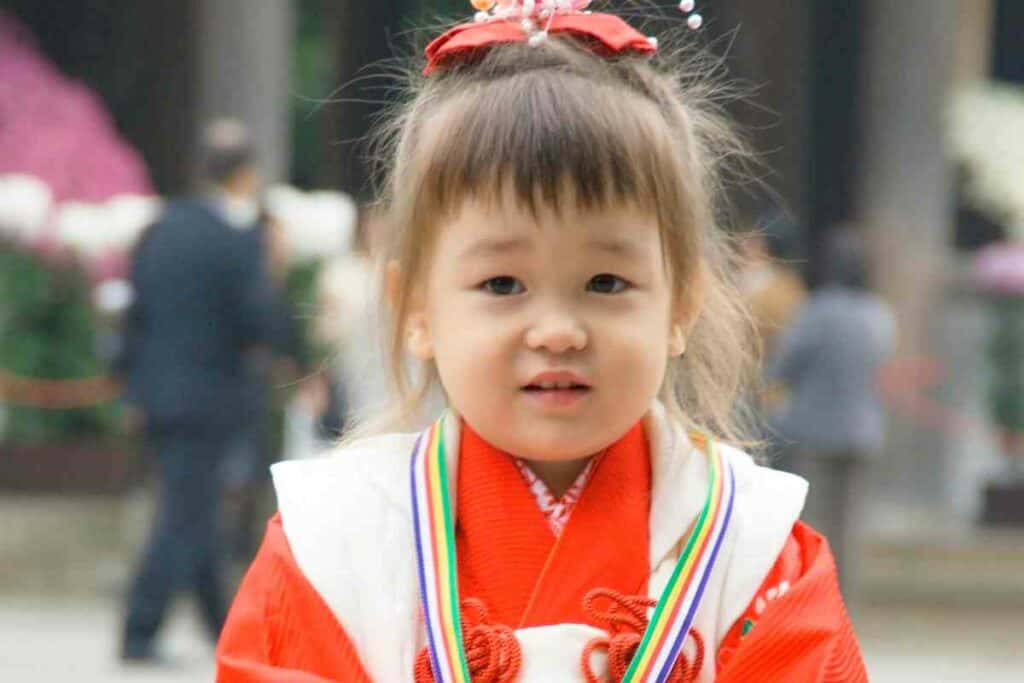
2. Chonmage
The chonmage haircut was popular among samurais during the Edo period due to its practicality when donning helmets worn by warriors.
This hairstyle involves shaving off all but one section on top which allowed them to ease putting on armor gear quickly before going out into battlefields.
It later became associated with sumo wrestlers until around Meiji Era. Today it has been replaced mostly by Western hairstyles.
3. Hatsu-gatsuo
Hatsu-Gatsuo means“first bonito” and marks the beginning of the fishing season.
While not specifically related to hair, it still holds importance in Japanese culture as it is seen as a sign of good luck.
Before going out to sea, fishermen will cut off their hair and offer it in a ritualistic manner at local shrines seeking protection from accidents or bad weather.
4. Mizuhiki
Mizuhiki refers to an ancient art form that involves using thin cords made of rice paper for decorating gifts and envelopes.
In Japan, when girls turn 20 years old they participate in the Seijin-shiki ceremony where mizuhikis are used prominently.
Their hairstyles consist of intricate updos adorned with these colorful cords symbolizing joyous occasions like coming-of-age celebrations, weddings, etc.
5. Erigami
Erigami means “hair offering” and takes place during funerals.
It’s customary for family members or close relatives to shave their heads completely bald while others just trim small portions to show respect toward the deceased person.
This act represents cutting ties between the living world/deceased thus allowing them to rest peacefully knowing everyone has accepted reality.
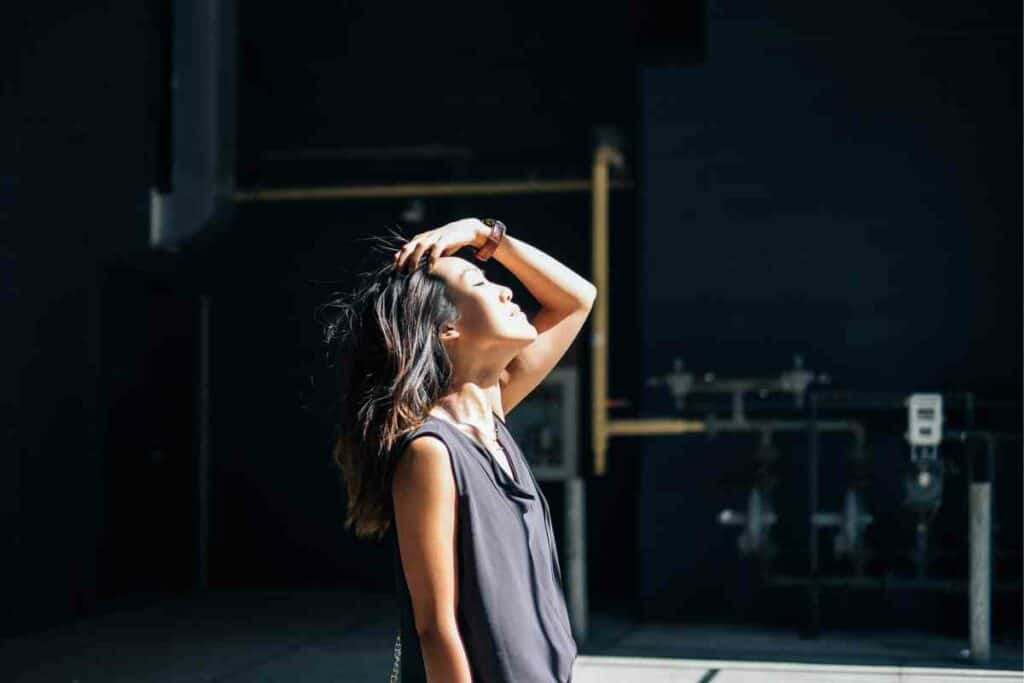
In Conclusion
Cutting hair in Japan has been considered a sacred thing for many years.
It is not just a routine activity, it reflects the values of simplicity, humility, and respect for others that are deeply rooted in Japanese society.
- 12 Things Tourists Should NEVER Say in Japan
- Kissing Robot: Exploring the Popularity of the Chinese Kissing App
- Unlocking the Secret Dating Rituals Only Locals Know in Japan
- Samurai Armor: Ancient Protection for Japan’s Elite Warriors
- 10 Amazing Facts About Schools in Japan: Unique Traditions and Educational Practices
- Where can you see snow monkeys in Japan: Best locations and viewing tips




